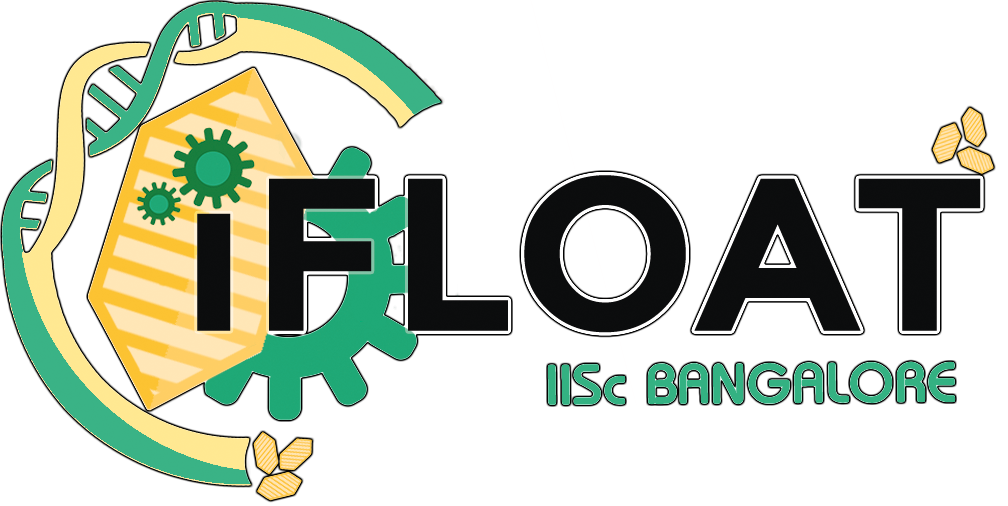Cell Counting: Machine Learning
Our initiative to automate cell culture experiments using GCODe extended itself naturally into a software component — to count cells from images automatically. Haemocytometry — a cell counting technique traditionally used to count blood cells — uses a glass slide etched with a grid to provide a systematic way to estimate cell counts. Analyzing haemocytometer images manually is extremely tedious and some cell-counting programs exist to count these cells automatically, but none use the infinite versatility of neural networks.

As a result, we tried to develop our own Machine Learning-based cell counting software, using Artificial Neural Networks. To do this, we needed images of cells to train our algorithm to distinguish between cells and background under various conditions of lighting and image quality. We initiated an All-India iGEM team collaboration, in which teams across the country — Team IISER Pune, Team IISER Mohali and Team IIT Madras — helped us to gather images that formed the training data sets for our neural network, following a detailed protocol we sent them. We were not able to achieve the desired results, due to issues with our model. A detailed description of our efforts is given below:
Cell Counting using Machine Learning: A Haemocytometry Collaboration - IISc iGEM
A Literature Exchange: UAlberta
Soon after we uploaded our Title and Abstract on our Wiki, Team UAlberta contacted us to discuss about gas vesicles, a central part of their project too, although they were trying to express gas vesicles in E. coli. During this period, we exchanged useful information about gas vesicles from existing literature and shared our project ideas with each other, offering helpful suggestions and advice.

UAlberta also made multiple attempts to locate a strain of Anabaena flos-aquae for us, but were sadly unable to do so; we ended up purchasing the strain from UTEX Culture Collection of Algae. Later, we and UAlberta exchanged information about modelling gas vesicles — our experience with modeling gas vesicle dynamics in the diffusive regime proved to be helpful to their model while they provided us with a visual simulation of gas vesicle flotation in Java.
Database Contribution: IIT Madras
As part of Team IIT Madras' initiative to collect protocols and information about different chassis organisms used in synthetic biology, they reached out to us during the iGEM 2017 All-India Meet-Up to request information from us.

Over the summer, we had worked on Saccharomyces cerevisiae and Pichia pastoris for eukaryotic recombinant protein synthesis, and had protocols and data available, which we promptly submitted to IIT Madras' database as a contribution of two chassis organisms. Kartik from their team commented on our submission: "The data looks amazing! Thanks a lot!"












